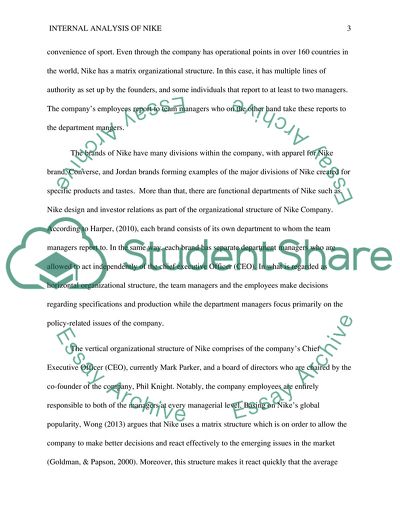Cite this document
(Organizational Analysis of NIKE Company Business Plan, n.d.)
Organizational Analysis of NIKE Company Business Plan. https://studentshare.org/marketing/1811458-organizational-analysis-of-nike
Organizational Analysis of NIKE Company Business Plan. https://studentshare.org/marketing/1811458-organizational-analysis-of-nike
(Organizational Analysis of NIKE Company Business Plan)
Organizational Analysis of NIKE Company Business Plan. https://studentshare.org/marketing/1811458-organizational-analysis-of-nike.
Organizational Analysis of NIKE Company Business Plan. https://studentshare.org/marketing/1811458-organizational-analysis-of-nike.
“Organizational Analysis of NIKE Company Business Plan”. https://studentshare.org/marketing/1811458-organizational-analysis-of-nike.


